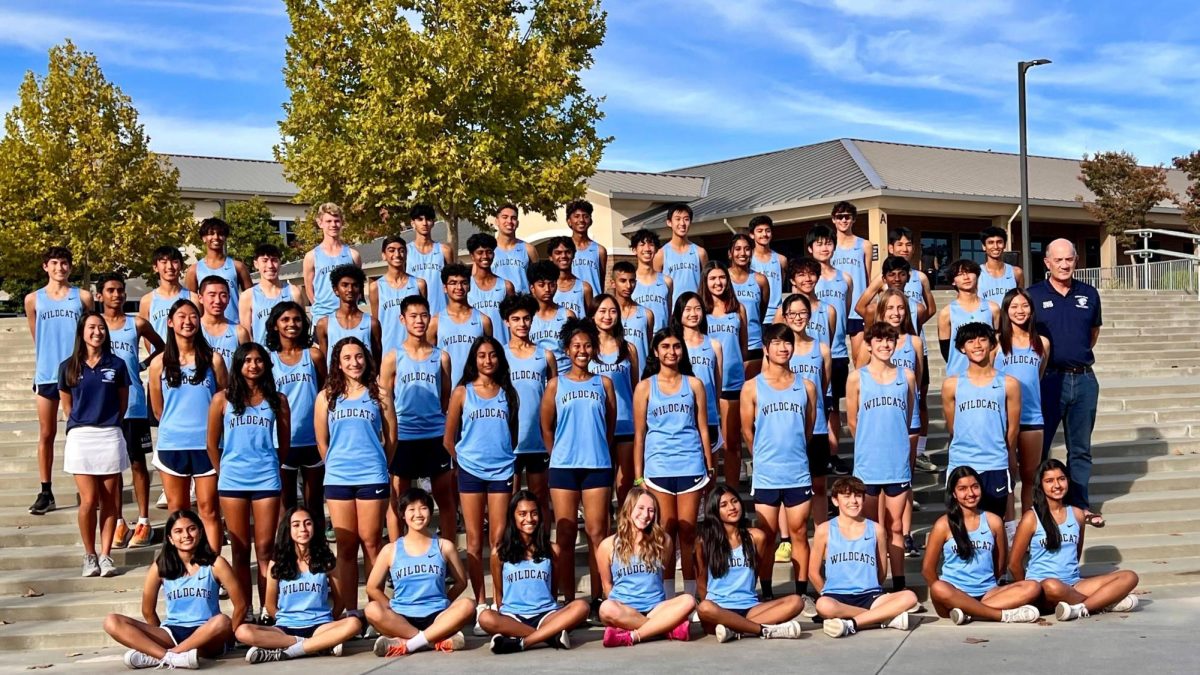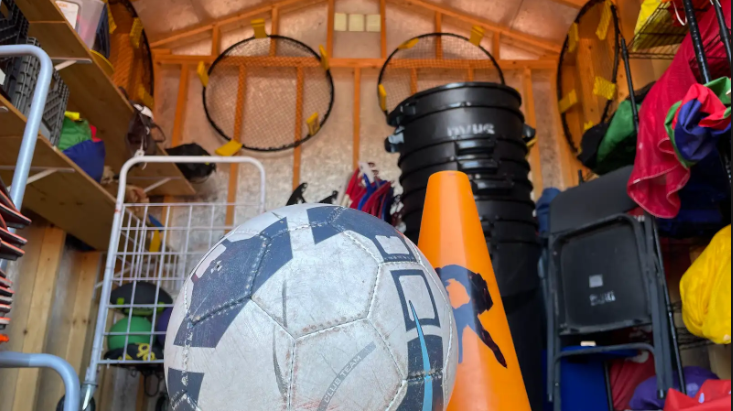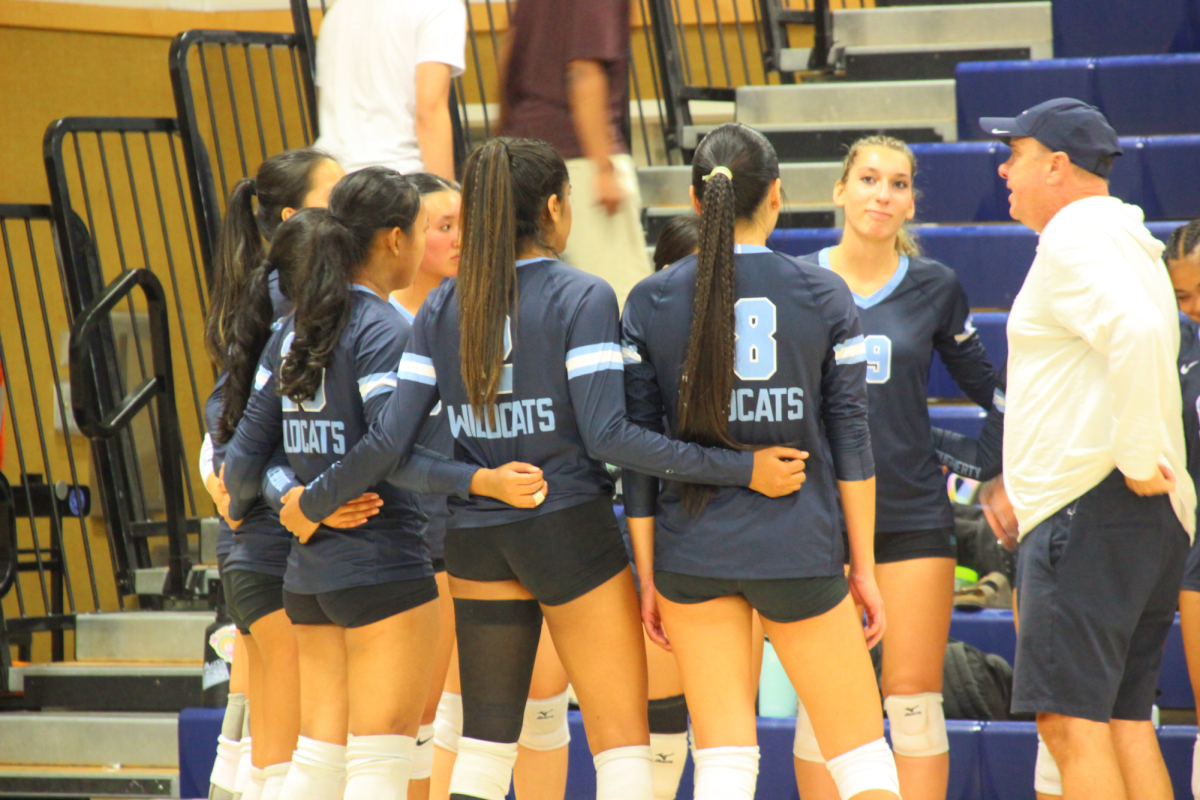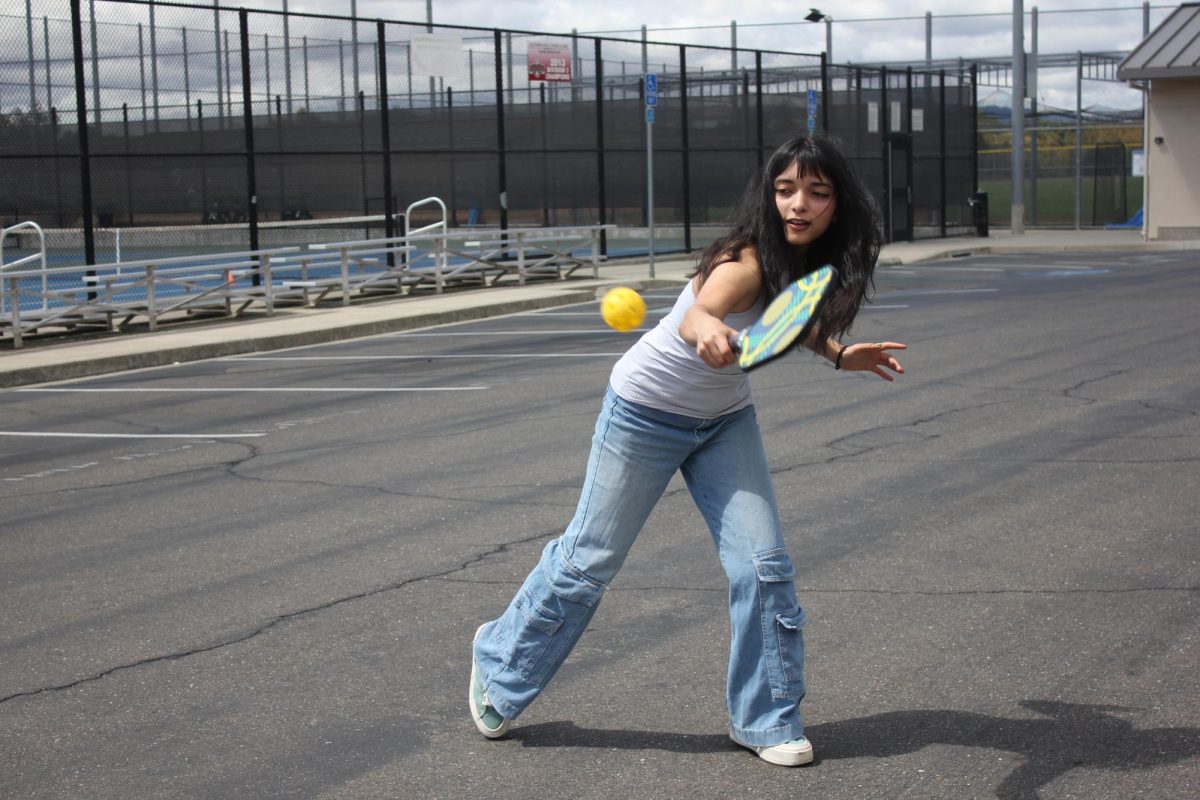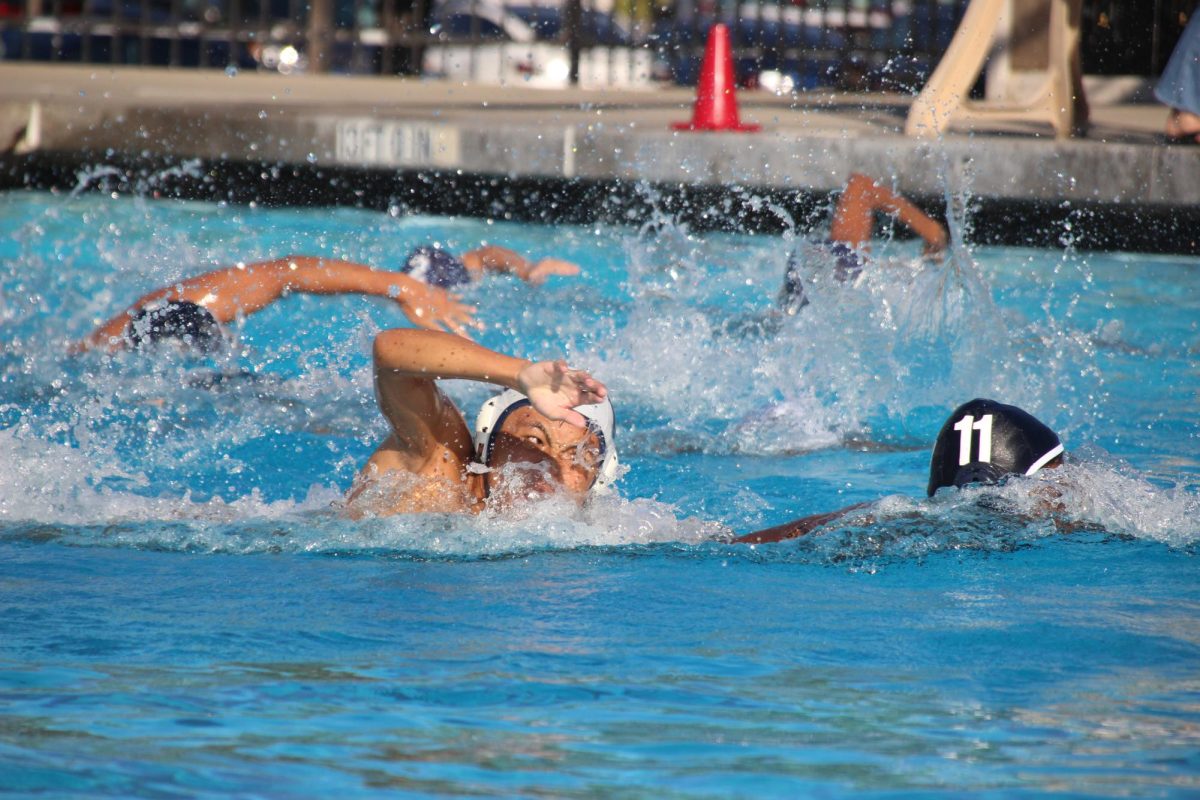The DVHS cross-country team passed the 75% point in team donation rates in October.
“Generally, we don’t hit [75% in donation rates],” cross country head coach Lauren Nakaso said.
Last year, cross country only reached 63% in team donation rates at the end of the 2022 season. Despite having the lowest recommended team donation amongst the fall sports at DVHS, cross country was one out of only two teams that didn’t reach 75% in donation rates, the other team being football that had the highest recommended team donation of $600 per player.
“Here’s the crazy thing. Last year, it was $185,” Nakaso said.
This year, the cross country team’s recommended team donation is $285 per athlete, which includes the cost of league fees, races, and facilities. In terms of how they were able to increase the donation rate, it’s been hinted that there has been more emphasis put on them.
“We kind of brought our team together and we just talked,” cross-country co-captain junior Noor Tozulahmad said. “Like ‘we’re struggling financially’ and we just made a huge announcement that we got to donate.”
Nakaso herself expressed uncertainty about what exactly motivated the team to make the donations this year.
“We just keep saying it and we can’t do anything [else],” Nakaso said.
Regardless of the specific reasons for the increase in donation turnouts, this new increase in funding can go towards races, which each can cost from $500 to $600. As of the 2023 season, the cross country team will be participating in a total of 11 races as a team with the last race coming up on Nov. 4. In total, this could lead to an expense of about $5500 to $6600 just in terms of races.
The recommended team donation is part of a budget that the Athletics Director and the coaches coordinate before tryouts for the sport begins. The budget can include components such as an estimated total amount of money raised and also an estimated cost for the season. The problem comes with how the team will raise the money and cover the total costs.
“They want to buy uniforms, equipment, supplies or whatever they need, [but the] District won’t support that,” DVHS financial analyst Ana Siladie said. “The students need to figure out how to purchase that stuff.”
Since SRVUSD only provides the head coach stipend, the sports teams are largely on their own in terms of generating revenue. This is where recommended team donations come in. Aside from fundraising, recommended team donations come from athletes and their families. The specific recommended donation per athlete, though, can vary from team to team.
“Based on how many students signed up, the donation amount recommended for each student [changes]. It’s based on their budget,” Siladie said. “But, just say for some sport, if they have less students, the [recommended] donation [per player] would be higher, right?”
For this reason, smaller teams may consider making the recommended donations lower and relying more on fundraisers to help cover the costs, considering that few players would be willing to donate more than a couple hundred.
Regardless of a sports team’s recommended donation, the athletic boosters committee has an incentive where $500 is given to any sports team that makes 75% of their recommended team donations. For the cross-country team this year, this means an additional amount of money will be coming their way.
“So, cross country actually hit the goal [in October],” Athletics Boosters head Rachel Radcliff said. “They’re actually at 84%, so they’ll get the additional $500 from us.”

